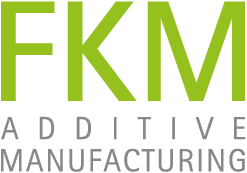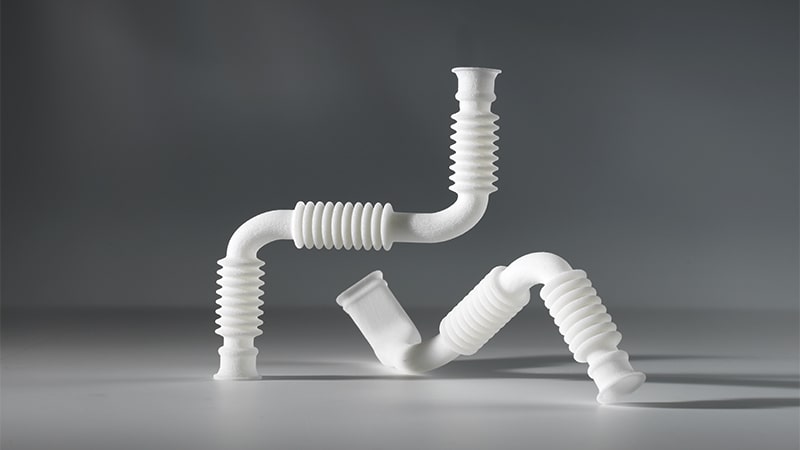What is stereolithography?
Stereolithography, abbreviated as SL or SLA, is the oldest 3D printing process and was developed as early as the early 1980s. In this laser-based process, three-dimensional objects are created layer by layer in an installation space. The material is based on liquefied acrylic resins. In rapid prototyping, stereolithography is a frequently used process alongside the Polyjet process.
How does stereolithography work?
Before printing, a technical drawing of the workpiece to be planned is digitally created in a CAD program. The required support structures are also defined here. The base material used for this process is UV-light-sensitive acrylic resins.
Once the object to be printed has been digitally created in the CAD program, the data is sent to the stereolithography printer. The liquid starting material is wiped onto a movable printing plate. After this step, the liquid acrylic resin is cured with the help of UV light. A UV laser beam travels over the plate and selectively cures the resin along the predefined lines and structures. Once the layer has solidified, the printing plate then moves downwards by the thickness of the applied layer. Now you can apply the next layer of the selected liquid acrylic resin. In this way, the three-dimensional object is created layer by layer. Following printing, the support structures are removed. As a rule, this is done with the help of special solvents. A final step is post-processing and finishing as needed.
The base material is acrylic resins in various shades of white and grey. A transparent version is also available.

